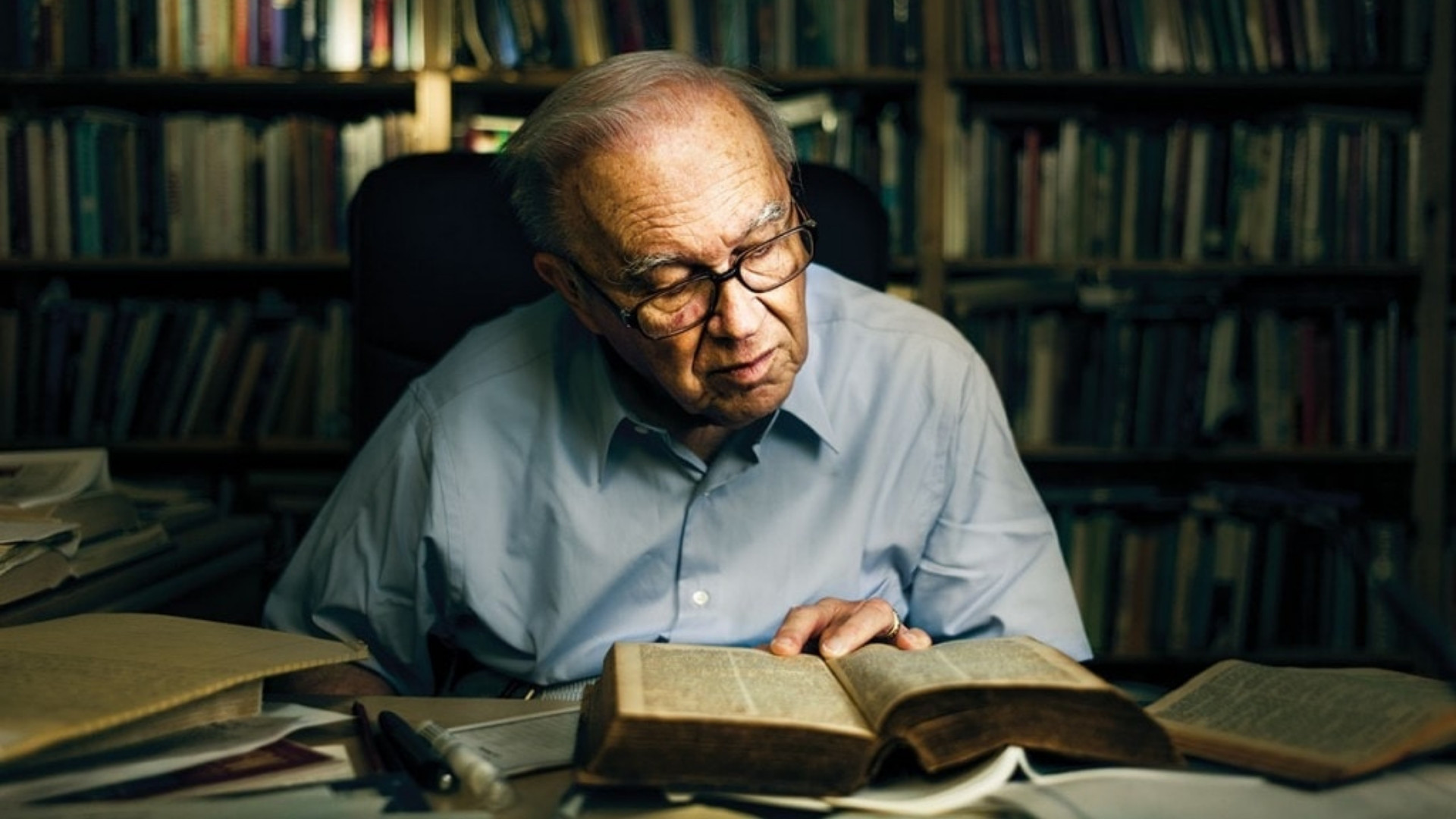[vc_row][vc_column width=”1/2″][vc_column_text] [/vc_column_text][vc_column_text]
[/vc_column_text][vc_column_text]
Between the World and Me
Ta-Nehisi Coates
Spiegel & Grau, 176 pages
[/vc_column_text][/vc_column][vc_column width=”1/2″][/vc_column][/vc_row][vc_row][vc_column width=”1/1″][vc_column_text]
Reviewed by Caenisha Warren | June 20, 2016
[/vc_column_text][/vc_column][/vc_row][vc_row][vc_column][vc_column_text]
When Ta-Nehisi Coates’s book Between the World and Me was released last summer, it arrived against a backdrop of heightening racial unease. The phenomenon of unarmed black men and boys killed by police was at an apex. A month before the book’s publication, nine African American women and men were murdered by a white gunman at their Charleston church. Two days after its release, Sandra Bland was found dead in her Texas jail cell.
Between the World and Me was an immediate bestseller and snagged Coates a National Book Award. The book’s success, however, is not just a tribute to its author’s visceral and poetic use of language but an acknowledgment that the story he tells about America’s racial (and spiritual) condition is both prophetic and necessary.
Using the rhetorical riff of “the black body,” Coates exposes society’s perceptions and reductions of black people. He calls into question, or rather, calls into truth, what this nation means when it uses the term “people”—and whether the black body is included in that category. Written as a letter to his son, his words bellow deep from the ache of “the talk” that parents give to black sons and daughters about the world in which their body dwells.
Coates’s words advise much like a survival guide. From the present-minded struggle of the streets to the future-minded struggle within educational institutions, he says, “Fail to comprehend the streets and you gave up your body now. But fail to comprehend the schools and you gave up your body later.”
Coates explains there is no luxury in which a black body can ignore the evils of our history. Freedom for the black body may have existed as a vision within his time at Howard University, a place he experienced as Mecca—he depicts the pursuit of knowledge, expression of words, and union of relationships among a rich diversity of black bodies. But he also writes of distance, the privilege some have to stay out of the struggle, ignore it, or walk away.
Yet the struggle remains, and those who embrace the American Dream (the Dreamers) seem to be worlds away from the reality black bodies experience. Coates reflects, “I saw that what divided me from the world was not anything intrinsic to us but the actual injury done by people intent on naming us, intent on believing that what they have named us matters more than anything we could ever actually do.” The distance he identifies is a negotiation of our humanity between one another. It is this struggle that Coates places into our view.
This work is unapologetically personal, one man’s story. But it is also systemically familiar to the undervalued and marginalized stories of black and brown bodies. It illuminates the shouts of Black Lives Matter, a present and prophetic voice to the racial state of our nation. The wrestling Coates brings to light speaks against the notion of a civil rights movement that has overcome. These matters no longer await the conversion of white dominant voices, but rather are empowered by black value and purpose.
While Coates gives us a gift of voyeuristic intimacy into the experience of the black male body, we know that his son is not the only one receiving the lesson—or consciousness. Coates does not coddle those who pursue the American Dream at the expense of black bodies. If this book does not reflect the way you engage the world around you, does it matter to you that some of us do live this struggle? As Coates depicts, the reality is that for the black body, there is a world of difference—of distance—from the experience of the Dreamers.
[/vc_column_text][/vc_column][/vc_row]














